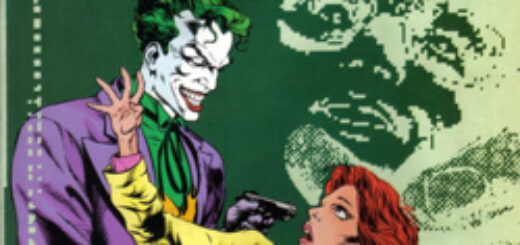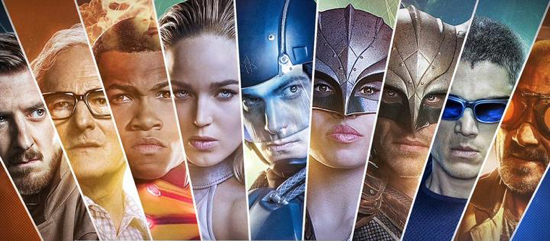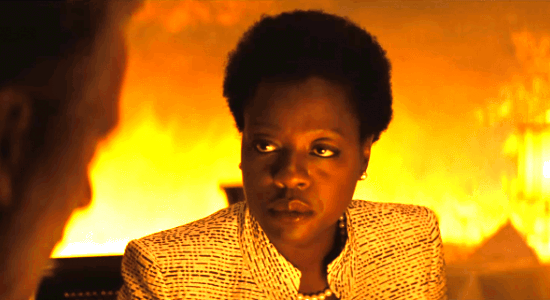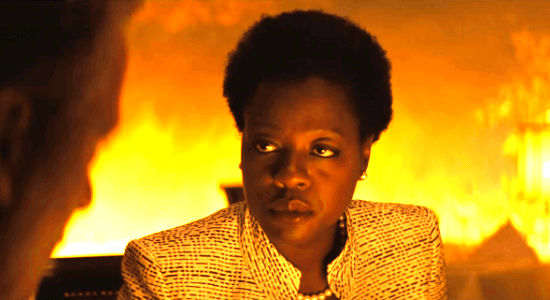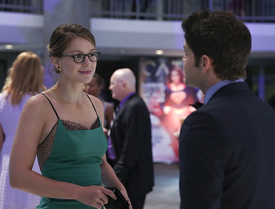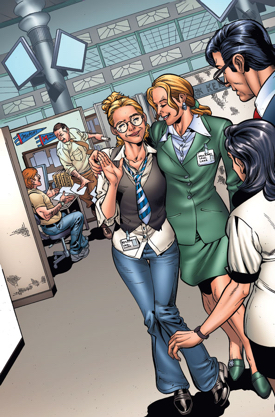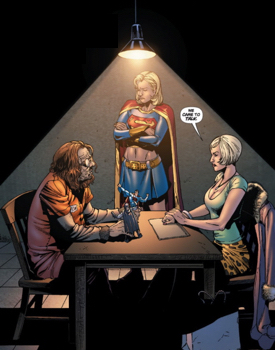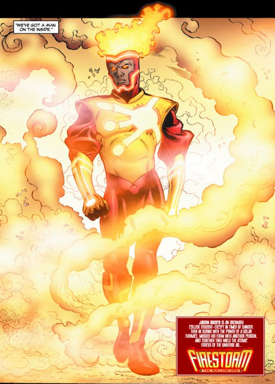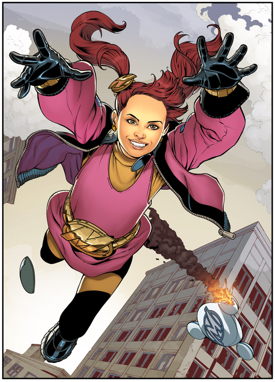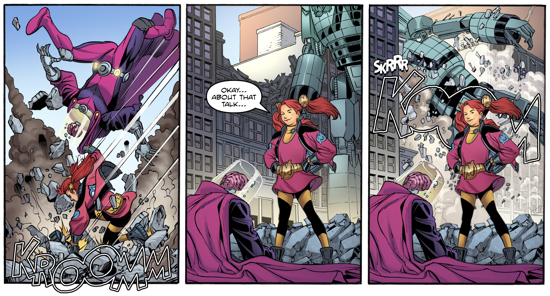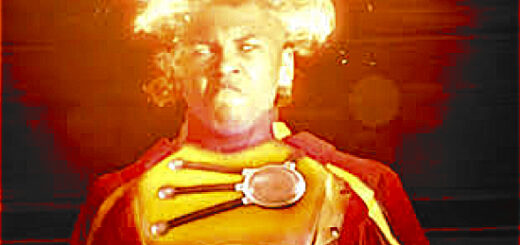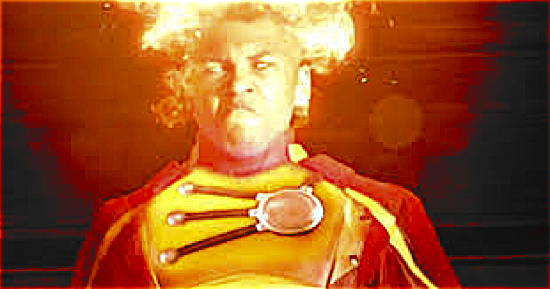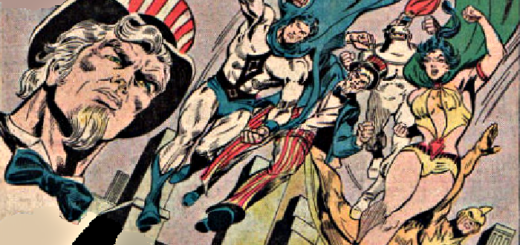John Ostrander: Suicide Squad TPB 6 — Control
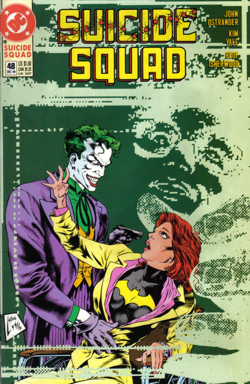 This week we wind up our discussion about the 6th volume of DC’s reprint of my (and Kim Yale’s) run on the Suicide Squad. We’ll be discussing the final story in the book; it was issues 48 and 49 and featured Oracle, a.k.a Barbara Gordon, the former Batgirl crippled by an attack from the Joker. She then re-made herself into the go-to information broker in the DCU. Well, Kim and I re-made her but you get the idea.
This week we wind up our discussion about the 6th volume of DC’s reprint of my (and Kim Yale’s) run on the Suicide Squad. We’ll be discussing the final story in the book; it was issues 48 and 49 and featured Oracle, a.k.a Barbara Gordon, the former Batgirl crippled by an attack from the Joker. She then re-made herself into the go-to information broker in the DCU. Well, Kim and I re-made her but you get the idea.
This story brings back another character from the Squad, Simon LaGrieve who had been the Squad’s shrink. He and Waller had not parted well and now he was the head of the Institute for Metahuman Studies (the IMHS). La Grieve was doing Waller a favor in treating two members of the Squad who were hurt in the previous story and in return, had a favor to ask of her.
There was a character in Firestorm (which I had also been writing and from which I also got the IMHS) named Cliff Carmichael who was Ronnie (Firestorm) Raymond’s nemesis. I’d inherited the character and, to be honest, I didn‘t much care for him so I decided he was a sociopath and he wound up at the IMHS.
There at the Institute, thanks to two dunderheaded scientists, Cliff got a hold of the late Thinker’s helmet. (I’d killed off the Thinker in another Squad story.) He used the helmet to analyze the helmet itself, create a series of microchips that he had inserted in his head – along with a computer port – and became a real cyberpunk. He gained the ability to interface with any computer and, oh yeah, could create a field within which he could grab control of another’s person’s brain. Doncha just love simple, easy, straightforward backstory?
Minor digression: The two dunderheaded scientists were named Pangloss and Caius. Pangloss is named for a character in Voltaire’s Candide and there’s a Doctor Caius in Shakespeare’s Merry Wives of Windsor. I do that from time to time; borrow names from other literary works. Simon LaGrieve was named after Simon LeGree from Uncle Tom’s Cabin. He carries no other traits with that odious character but I did it as in in-joke for myself related to Belle Reve prison which had been the Squad’s HQ for much of the series.
Belle Reve is also the book’s connection to Tennessee Williams, being the same name as the plantation that Blanche DuBois and her sister Stella had been raised on in A Streetcar Named Desire. Blanche lost it and my conceit is that it was bought by someone who lost it to the government which then built a prison on it. That’s why the prison is in the swamps in Louisiana. (There’s your bit of Squad trivia for the day.) A plantation should have an overseer and that’s how Simon LeGree became Simon LaGrieve. End digression.
Carmichael, a.k.a. the new Thinker, was now stalking Oracle. Why? Because LaGrieve asked Oracle to help set a trap for the escaped Thinker. The idea was to introduce a virus that would wipe the chips in his brain but the plan backfired and now the Thinker is stalking Oracle to punish her for her part in the scheme. And LaGrieve wants the Squad’s help in stopping Carmichael before he can do it. Of course, Amanda agrees; she and Oracle also have history.
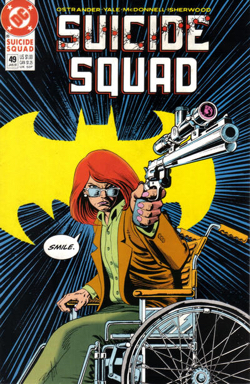 Not really a spoiler alert: Waller succeeds and Oracle survives but not before the Wall also tries on the old Thinker’s helmet. Carmichael with that kind of technology was scary; Waller with it? Brrrrr!
Not really a spoiler alert: Waller succeeds and Oracle survives but not before the Wall also tries on the old Thinker’s helmet. Carmichael with that kind of technology was scary; Waller with it? Brrrrr!
The cover to issue 49 is also one of my faves in the series and one of the great ones featuring Babs Gordon. Drawn by Norm Breyfogle it just has Barbara in her wheelchair pointing a gun out in the general direction of the reader. There’s a bat symbol behind her, a determined look on Bab’s face, and a one-word balloon: “Smile.” Definitely a reference to the Joker who put her in that wheelchair.
There’s some hits and misses in the story. To show the first confrontation between Oracle and the Thinker, we had it take place in cyberspace. The look was heavily influenced by the movie Tron (the first one). It’s interesting but also now a bit dated. Don’t blame Luke McDonnell and Geoff Isherwood who were the artists; they were simply following the instructions of the writers. In fact, don’t blame Kim either; I think this was my big idea.
There are only a few members of the Squad available for the mission: Bronze Tiger, Captain Boomerang, Deadshot, and a hidden Atom. We carry over the gag from the previous story that Boomerang’s and Deadshot’s luggage is lost by the airlines, largely due to Boomerbutt. Deadshot is not pleased and Harkness is getting real nervous.
A big issue in this story is whether or not Barbara, who knows that the Thinker is after her, will shoot him. And who does she really want dead? For me, that’s the most vital part of the plot.
The story resolves with Waller getting uncharacteristically physical, basically beating the crap out of the Tinker. Actually, it’s very satisfying, I think. And Oracle agrees to resume her relationship with Waller and the Squad.
Oh, and we also set the stage for the double-sized issue 50 which will be reprinted in late November when the 7th volume of the Squad TPBs come out. Volume 6 will be out around May 23 and now you have all the background dirt on these stories. The Squad should always have background dirt.

